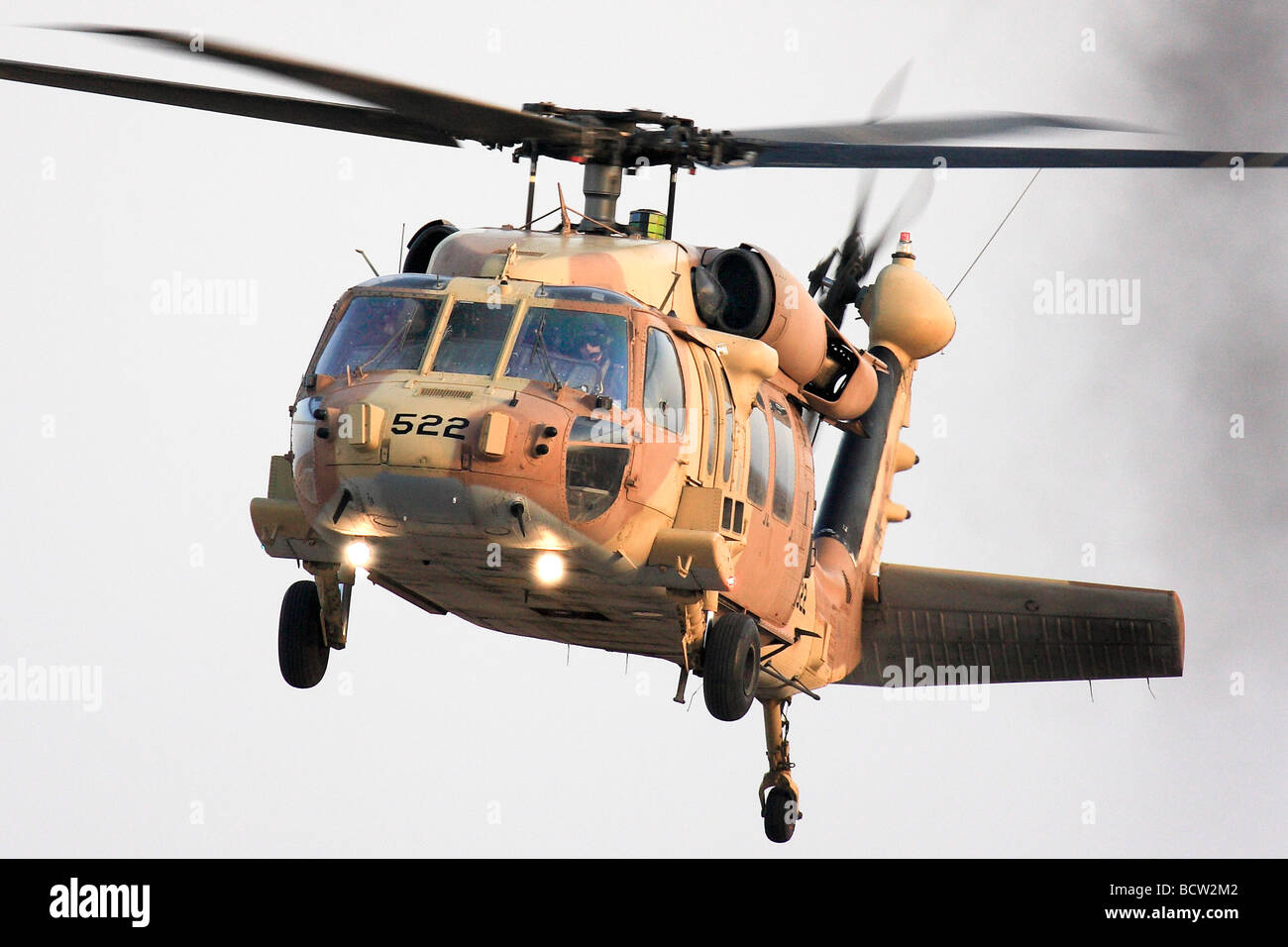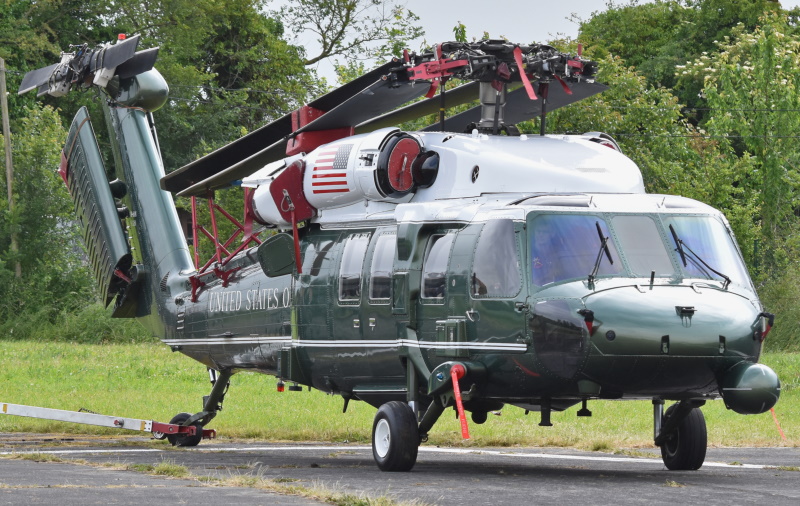Why the Sikorsky S 70 is the Preferred Selection for Modern Helicopter Missions
Why the Sikorsky S 70 is the Preferred Selection for Modern Helicopter Missions
Blog Article
High-Performance Multi-Role Rotorcraft Featuring Advanced Cockpit Technologies and Integrated Sensing Unit Solutions
The realm of rotorcraft innovation has actually seen significant improvements in current times, specifically in the realm of high-performance multi-role rotorcraft outfitted with sophisticated cockpit technologies and effortlessly integrated sensing unit systems. In the complying with conversation, we will discover the development of rotorcraft technology, dig into the world of advanced cabin innovations, and take a look at the implications of incorporated sensing unit systems on the operational flexibility and performance of modern rotorcraft.
Development of Rotorcraft Modern Technology
The development of rotorcraft modern technology has been marked by considerable developments in aerodynamics, products, and propulsion systems, forming the abilities and efficiency of contemporary rotorcraft. Wind resistant enhancements have actually enhanced the effectiveness and ability to move of rotorcraft, permitting enhanced rate, dexterity, and security during flight (sikorsky s 70). Advancements in products, such as the usage of composite materials and advanced alloys, have caused lighter yet more powerful rotorcraft frameworks, improving overall performance and toughness. In addition, advancements in propulsion systems, including more powerful engines and innovative propulsion innovations, have allowed rotorcraft to accomplish greater elevations, faster speeds, and greater payloads.
These innovations have not only changed the capacities of rotorcraft but have additionally broadened their applications across various sectors, consisting of military, commercial, and emergency solutions. The constant evolution of rotorcraft technology remains to drive development in the area, pressing the limits of what is possible and forming the future of upright flight.
Advanced Cockpit Innovations
Structure upon the foundational developments in the rules of aerodynamics, materials, and propulsion systems, the world of rotorcraft modern technology now shifts emphasis towards introducing Advanced Cockpit Innovations. The assimilation of cutting-edge modern technologies within the cockpit setting plays a crucial duty in enhancing the functional capabilities, safety, and efficiency of contemporary rotorcraft. sikorsky s 70. Advanced Cabin Innovations include a wide selection of functions made to offer pilots with improved situational recognition, structured information monitoring, and user-friendly control user interfaces
One of the vital improvements in cockpit style is the execution of glass cockpits, which change conventional analog determines with high-resolution screens. These digital systems use customizable designs, real-time information combination, and boosted readability, allowing pilots to access vital information at a look. Advanced avionics systems, such as fly-by-wire controls and augmented reality screens, are revolutionizing how pilots communicate with the aircraft, enabling for specific control and boosted decision-making capabilities.


Integrating advanced cabin advancements not only enhances pilot efficiency yet also adds to total objective effectiveness and security in complex functional atmospheres. By leveraging cutting edge technologies within the cockpit, rotorcraft suppliers are establishing new criteria for functional excellence and objective success.
Integrated Sensor Equipments
With the advancement of rotorcraft technology, the assimilation of sophisticated Integrated Sensing unit Equipment has actually come to be critical in enhancing functional efficiency and security. These Integrated Sensing unit Equipments include a wide variety of technologies that give vital data for various functions such as navigating, monitoring, targeting, and ecological monitoring. By effortlessly incorporating sensing units like radars, video cameras, lidar, and infrared systems right into rotorcraft, operators can profit from improved situational understanding, browse around here boosted mission capacities, and lowered pilot work.
One key advantage of Integrated Sensing unit Solutions is their capacity to collect real-time information and offer workable understandings to pilots and mission operators. As an example, advanced radar systems can detect and track targets over long distances, enabling early danger discovery and effective action planning. Additionally, integrating electro-optical and infrared electronic cameras makes it possible for rotorcraft to perform reconnaissance and monitoring missions with precision and accuracy.
Essentially, the assimilation of cutting-edge sensor innovations into rotorcraft not only enhances operational effectiveness but also adds significantly to overall mission success and staff safety. As rotorcraft remain to progress, the function of Integrated Sensor Equipment will definitely continue to be at the leading edge of advancement in the aerospace sector.
Functional Convenience and Effectiveness
Enhancing operational versatility and effectiveness in rotorcraft is a natural progression from the integration of advanced Integrated Sensor Systems. By leveraging the data and understandings offered by these advanced sensing unit systems, rotorcraft can enhance their performance across various goals and atmospheres.
Operational flexibility encompasses the capacity of rotorcraft to adapt to various roles and circumstances effectively. With advanced cabin innovations and integrated sensing unit systems, rotorcraft can perfectly transition in between jobs such as search and rescue, medical the original source discharge, security, and extra. This adaptability boosts the rotorcraft's capacity to fulfill varied operational requirements without requiring extensive reconfiguration.
Efficiency in rotorcraft operations is essential for optimizing objective effectiveness and source utilization. Integrated sensor systems play a pivotal duty in improving functional performance by offering real-time information on climate conditions, surface mapping, target tracking, and more. This information enables pilots to make educated choices swiftly, enhance trip paths, save gas, and boost total objective performance.
Influence On Modern Aviation Procedures

In addition, the combination of advanced sensing units facilitates boosted goal planning and implementation, enabling rotorcraft to execute a large range of jobs with improved accuracy. From search and rescue operations to airborne firefighting and regulation enforcement goals, the capabilities of modern rotorcraft equipped with sophisticated cabin innovations and incorporated sensor systems are unmatched.
Furthermore, the influence of these improvements extends past functional efficiency to cost-effectiveness and sustainability. By enhancing flight paths, gas consumption, and maintenance timetables, high-performance rotorcraft furnished with innovative cockpit technologies and sensing units contribute article source to minimizing functional costs and environmental effect, making them important properties in modern aviation operations.
Verdict
Finally, the high-performance multi-role rotorcraft with sophisticated cabin modern technologies and incorporated sensor systems stands for a substantial advancement in aeronautics modern technology. These innovations boost operational flexibility and performance, ultimately impacting modern aviation operations in a favorable method. The combination of these sophisticated modern technologies enables improved capabilities and performance in various goal scenarios, showcasing the continued improvement of rotorcraft innovation in the air travel market.
The world of rotorcraft technology has seen notable improvements in current times, especially in the realm of high-performance multi-role rotorcraft geared up with advanced cabin modern technologies and flawlessly incorporated sensor systems. From boosted mission convenience to boosted operational efficiency, the convergence of sophisticated cockpit technologies and incorporated sensor systems has actually ushered in a brand-new age of possibilities for rotorcraft applications. In the adhering to conversation, we will certainly check out the evolution of rotorcraft modern technology, dig into the world of sophisticated cockpit technologies, and take a look at the implications of incorporated sensor systems on the functional adaptability and performance of modern-day rotorcraft.

Report this page